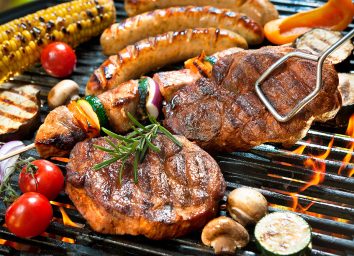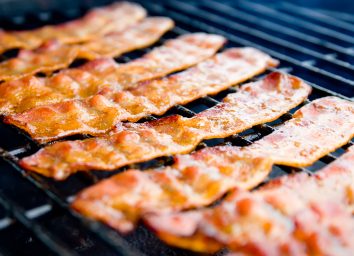The #1 Mistake People Make When Grilling
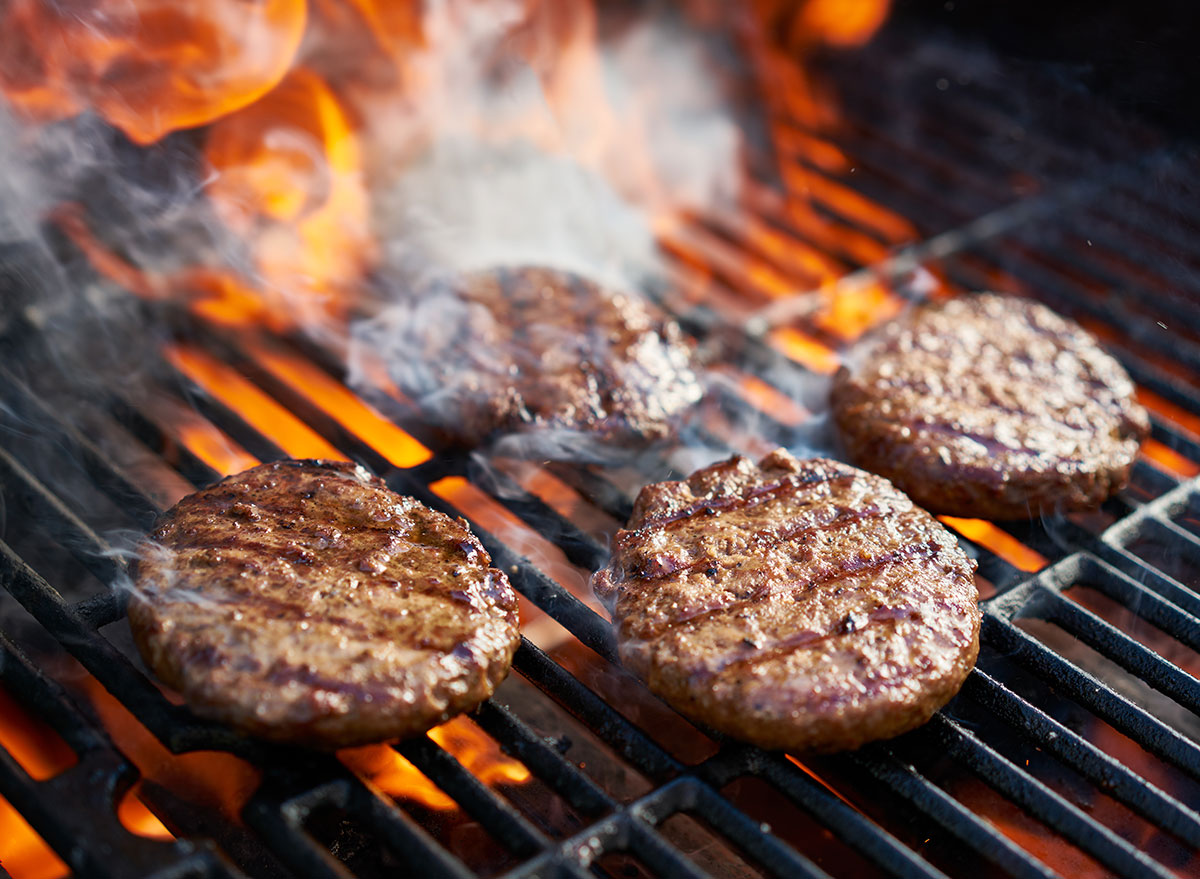
Getting ready to cook up a few juicy steaks on that new gas grill in your backyard? Before you spark it up, know this: One of the biggest mistakes novice backyard cooks make is not knowing where the hot and cool spots are on the grill grates. That can lead to undercooked or burnt meat. However, once you learn this secret tip, you’ll be grilling any type of food perfectly… every single time. Read on for two easy tests you can do to understand your grill better.
Test your grill for hot spots.
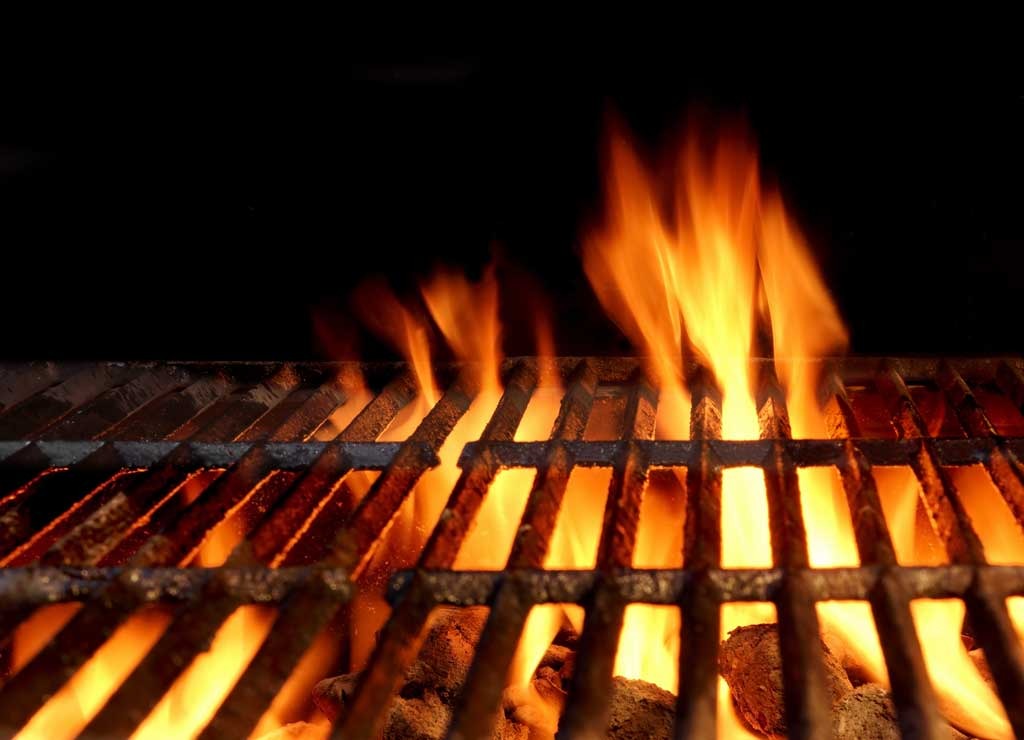
Like an oven, gas grills don’t often deliver uniform temperature; they typically have hot spots where the heat is more intense. An easy and inexpensive way to locate the hot spots on your grill is “the toast test,” says James Beard Award-winner Dave Joachim, who has written or co-written 25 cookbooks, including Mastering the Grill with Andrew Schloss.
All you need is a loaf of white bread, a notebook, and a pencil.
RELATED: 13 Grilling Mistakes That Could Be Making You Sick
Do the toast test.
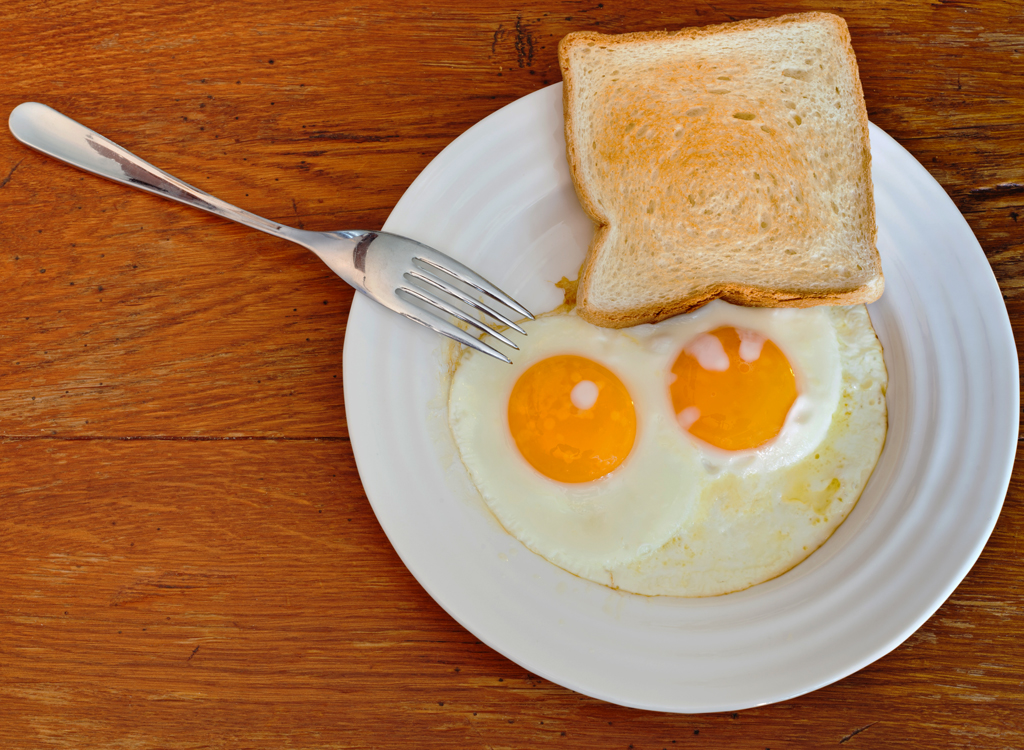
First, draw a picture of the surface of your grill and divide it into quadrants. Next, turn on all the burners to medium heat and close the grill cover.
Wait about 15 minutes, then place slices of bread on the grill grate in rows. Quickly cover the entire grate leaving an inch or two of space between slices. Close the lid and wait two minutes.
Open the lid. If the bread looks toasted, use tongs to quickly flip each slice over in its position. Now look for the dark toasted or burned areas and indicate them on your diagram. Even easier, take a picture with your phone and keep it in your camera roll for later reference.
RELATED: 30 Surprising Foods That Taste So Much Better Grilled
What to do with the results.
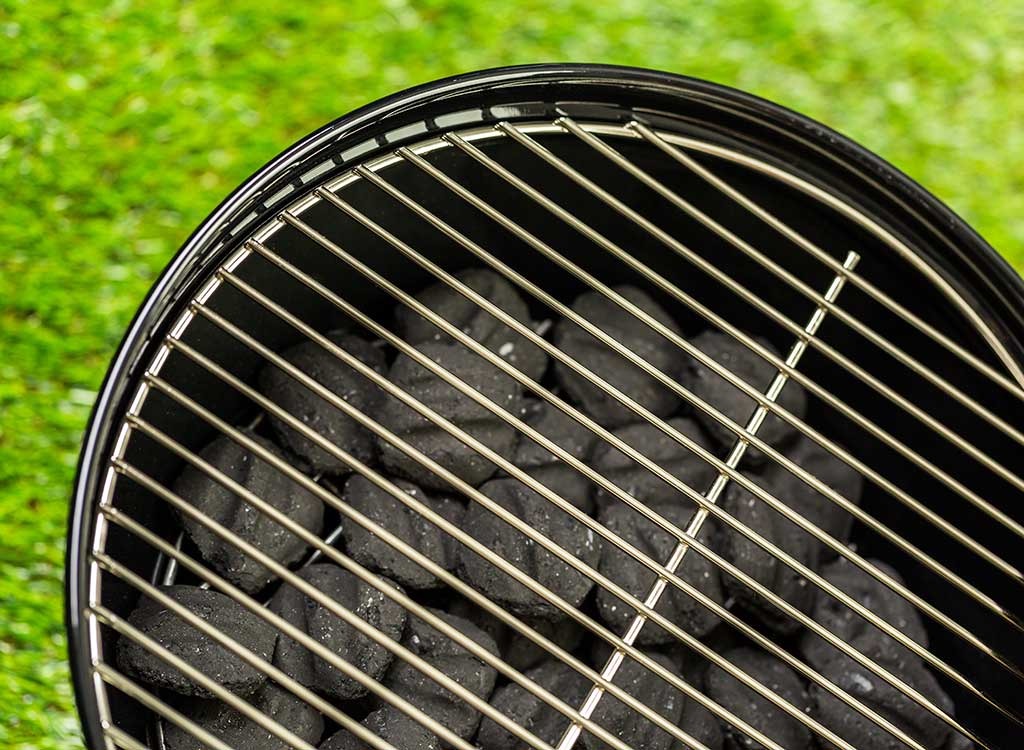
“It gives you a portrait of your grilling surface, showing where the grill is hottest,” says Joachim.
By knowing where the hot spots occur on your grill, you can position your food on a cooler section for cooking and the max heat area for searing.
RELATED: Here’s Exactly What Temperature Every Cut of Meat Should Be Cooked To.
Try this genius move.
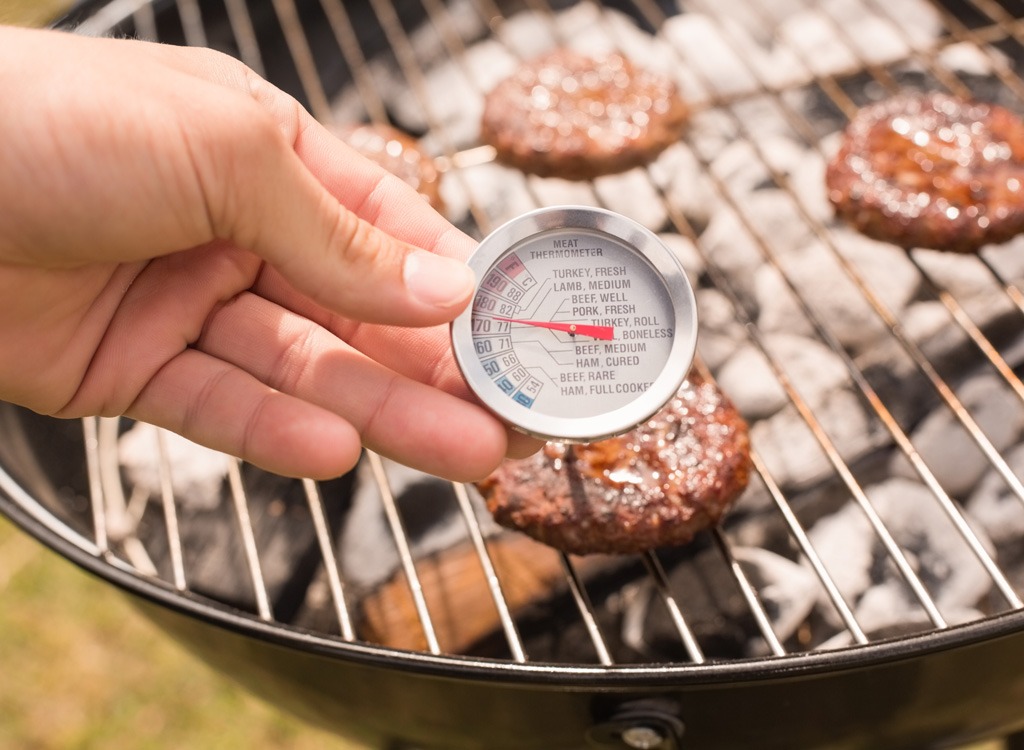
If you want an even more accurate picture of how your gas grill heats, “before you invite the gang over, calibrate it with dry runs,” suggests Meathead Goldwyn, author of The Science of Great Barbecue and Grilling.
Calibrating a gas grill sounds technical, but it’s not. It helps you get to know your tool and understand how it responds when you turn the knobs.
How to calibrate your grill
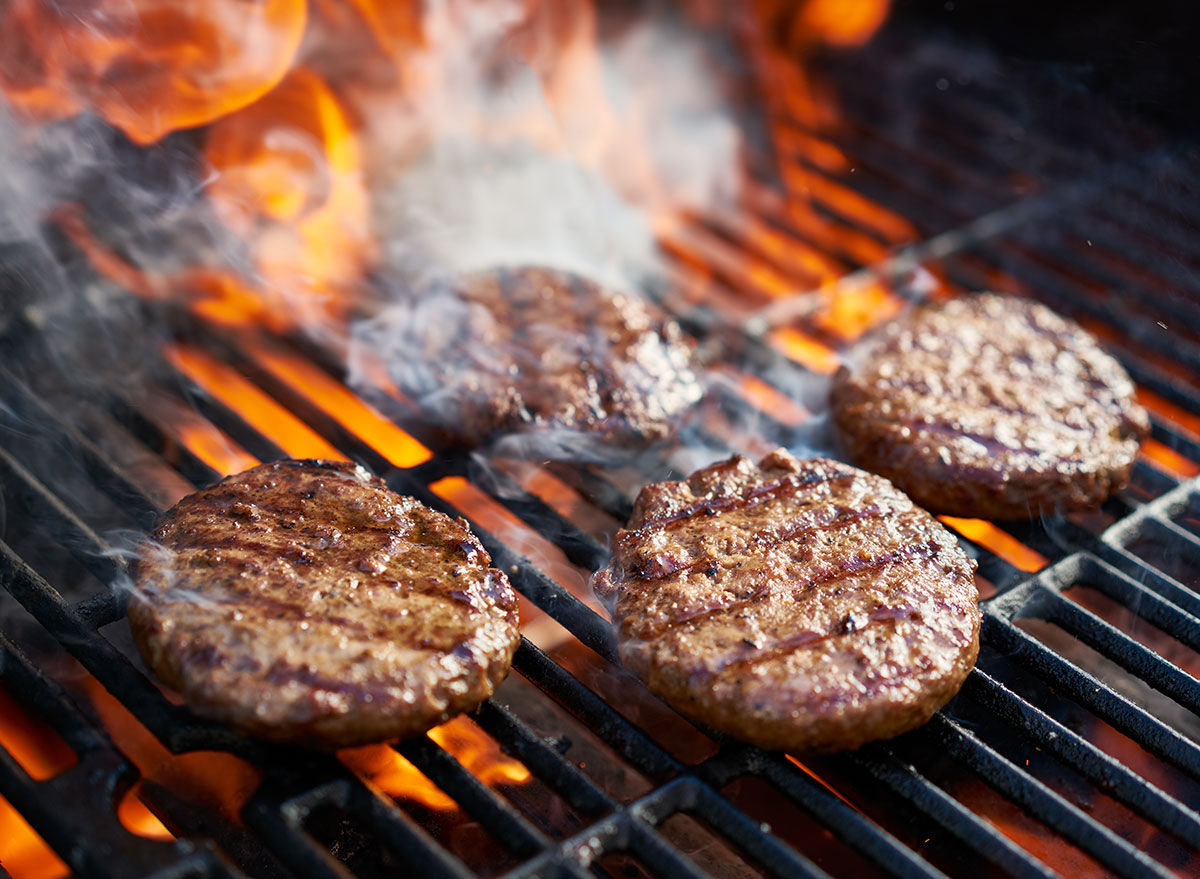
Start by igniting the grill (always with the hood open). Turn one burner on high and leave the others off. Put a grilling thermometer probe above the heat, close the lid, then time how long it takes to get to 325 F° degrees (for indirect zone cooking). Write this time down.
Now, move the thermometer probe to the cold side of the grill and record the temperature. Next, turn up the other burners one by one with the probe above the heat. Record time and heat measurements as you adjust the burner knobs.
Finally, figure how long it takes to achieve a temperature of 400 F° to 500 F° so you know how to produce a maximum heat or “direct zone” area for searing meats.
For more grilling tips, check out these 17 Grilling Mistakes That are Ruining Your BBQ.
Sign up for our newsletter to get daily recipes and food news in your inbox!
Read more:
